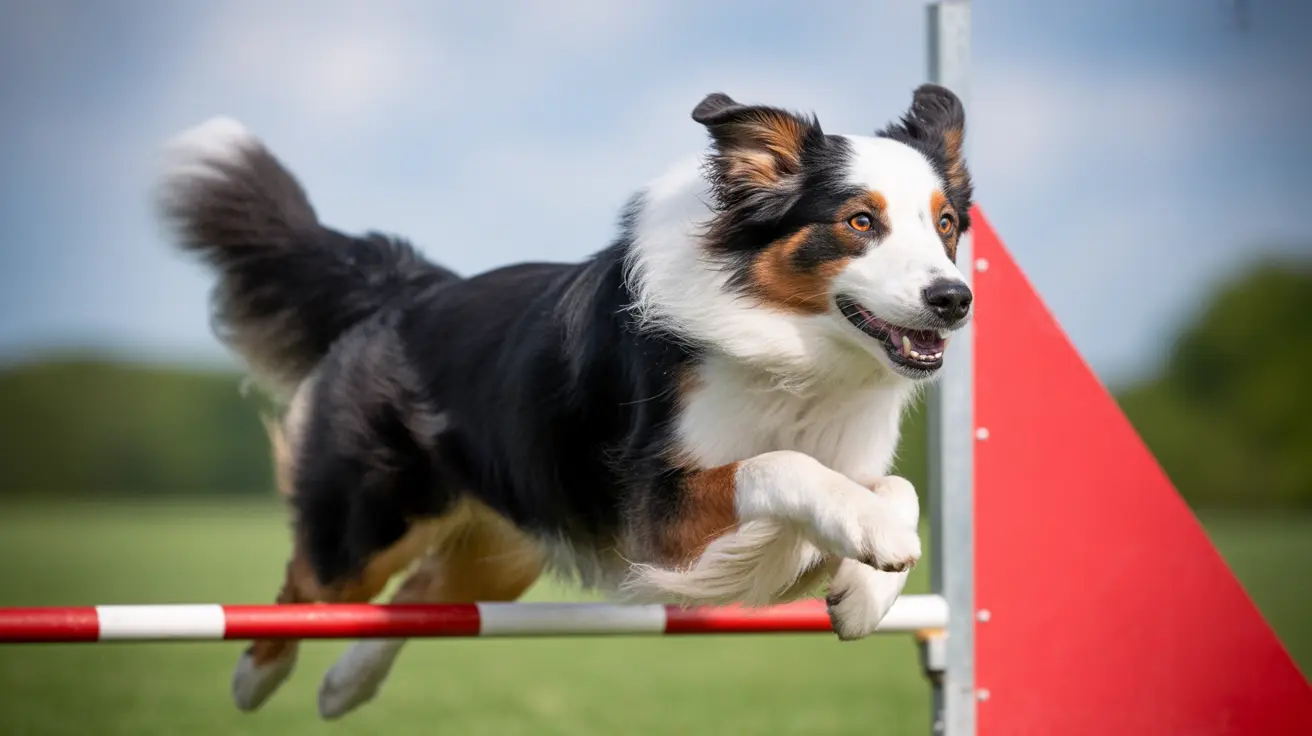How to Eliminate Hookworms from Your Yard Effectively
Hookworms are a serious concern for pet owners, especially those with puppies or immunocompromised dogs. These intestinal parasites thrive in contaminated soil, where they can live as infective larvae for weeks or even months. Managing the environment is essential to reduce the risk of your pet becoming infected and to protect public health.
Understanding the Hookworm Lifecycle
Hookworms, particularly
Ancylostoma caninum,
Ancylostoma braziliense, and
Uncinaria stenocephala, have a complex lifecycle. Adult hookworms reside in the small intestine of their host, where they feed on blood. They lay eggs that are passed in the feces. Under favorable conditions, the eggs hatch into larvae within 2 to 9 days.
These
infective larvae thrive in warm, moist soil and can remain viable for extended periods, posing an ongoing infection risk to animals and people. The larvae can enter a dog's body through ingestion, skin penetration, or transmission from a mother to her puppies.
Why Addressing Yard Contamination is Critical
Since hookworm larvae can live in the soil, simply treating the infected pet isn't enough. The yard becomes a persistent source of reinfection. Therefore, environmental management is just as important as medical treatment.
Steps to Kill Hookworms in Your Yard
- Promptly remove feces: Hookworm eggs are shed in dog feces. Cleaning up pet waste at least once daily reduces the chances of larvae hatching and contaminating the soil.
- Use lime or borax-based soil treatments: Some pet-safe lime products can alter soil pH and reduce parasite viability, though they must be used cautiously and with professional guidance.
- Sunlight exposure: Hookworm larvae are highly susceptible to heat and UV light. Trim overgrown bushes and trees to allow more sunlight to reach shady, damp areas where larvae thrive.
- Soil replacement: In heavily contaminated areas, replacing the top layer of soil (about 2–3 inches) can help reduce infectious larvae.
- Use diatomaceous earth: Food-grade diatomaceous earth may help dry out hookworm larvae habitats. Sprinkle it in high-risk areas, ensuring it stays dry to remain effective.
Keep Your Dogs Protected
Killing hookworms in the yard is only half the battle. To protect your pets:
- Start puppies on a deworming regimen as early as two weeks of age and maintain preventive treatment monthly.
- Administer heartworm preventatives that also protect against hookworms (e.g., milbemycin oxime, moxidectin).
- Deworm mothers during pregnancy and nursing: This reduces the transmission of larvae to puppies.
- Offer regular fecal exams: Puppies should be tested 2–4 times in their first year, with adults tested once or twice annually.
Public Health Considerations
Hookworm larvae don’t just affect pets. When humans walk barefoot or handle soil without gloves, they may contract a condition known as
cutaneous larva migrans (CLM), characterized by red, itchy skin eruptions tracing the worms' paths beneath the skin.
To prevent human exposure:
- Always wear shoes and gloves when working outdoors.
- Keep sandboxes covered when not in use.
- Encourage children and adults to wash hands thoroughly after outdoor play or handling pets.
The Role of Veterinary Care and Monitoring
Veterinarians play a key role in diagnosing and managing hookworm infection. Diagnosis is often performed through
fecal flotation tests, with additional PCR and antigen tests used when worms are not yet producing eggs.
Treatment involves repeated doses of deworming medications like
pyrantel pamoate,
fenbendazole, and
milbemycin oxime. Because these drugs target mature worms, repeat treatments are necessary to clear newly matured larvae. In cases of severe anemia, supportive care including fluids or blood transfusions may be required.
Final Thoughts
Killing hookworms in the yard entails a multifaceted approach—both environmental and medical. By combining proper yard sanitation, responsible pet care, and veterinary monitoring, you can significantly reduce the risk of hookworm infections. Maintaining hygiene and using effective preventatives will ensure a healthier life for both pets and people.





